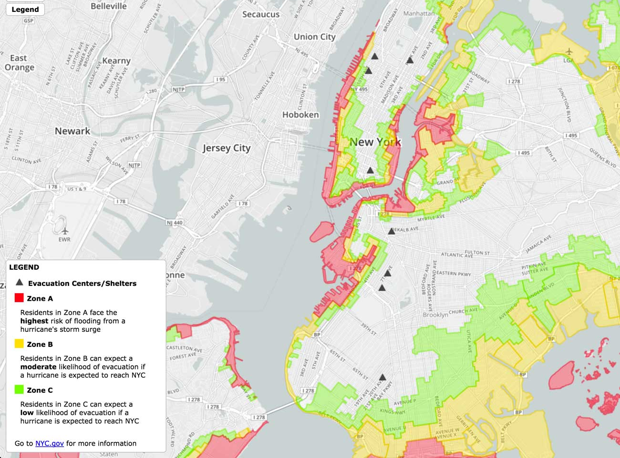Paper by Mila Gascó in Government Information Quarterly: “Public sector innovation is an important issue in the agenda of policymakers and academics but there is a need for a change of perspective, one that promotes a more open model of innovating, which takes advantage of the possibilities offered by collaboration between citizens, entrepreneurs and civil society as well as of new emerging technologies. Living labs are environments that can support public open innovation processes.
This article makes a practical contribution to understand the role of living labs as intermediaries of public open innovation. The analysis focuses on the dynamics of these innovation intermediaries, their outcomes, and their main challenges. In particular, it adopts a qualitative approach (fourteen semi-structured interviews and one focus group were conducted) in order to analyze two living labs: Citilab in the city of Cornellà and the network of fab athenaeums (public fab labs) in the city of Barcelona, both in Spain. After a thorough analysis of the attributes of these living labs, the article concludes that 1) living labs provide the opportunity for public agencies to meet with private sector organizations and thus function as innovation intermediaries, 2) implementing an open innovation perspective is considered more important than obtaining specific innovation results, and 3) scalability and sustainability are the main problems living labs encounter as open innovation intermediaries….(More)”


 New book
New book